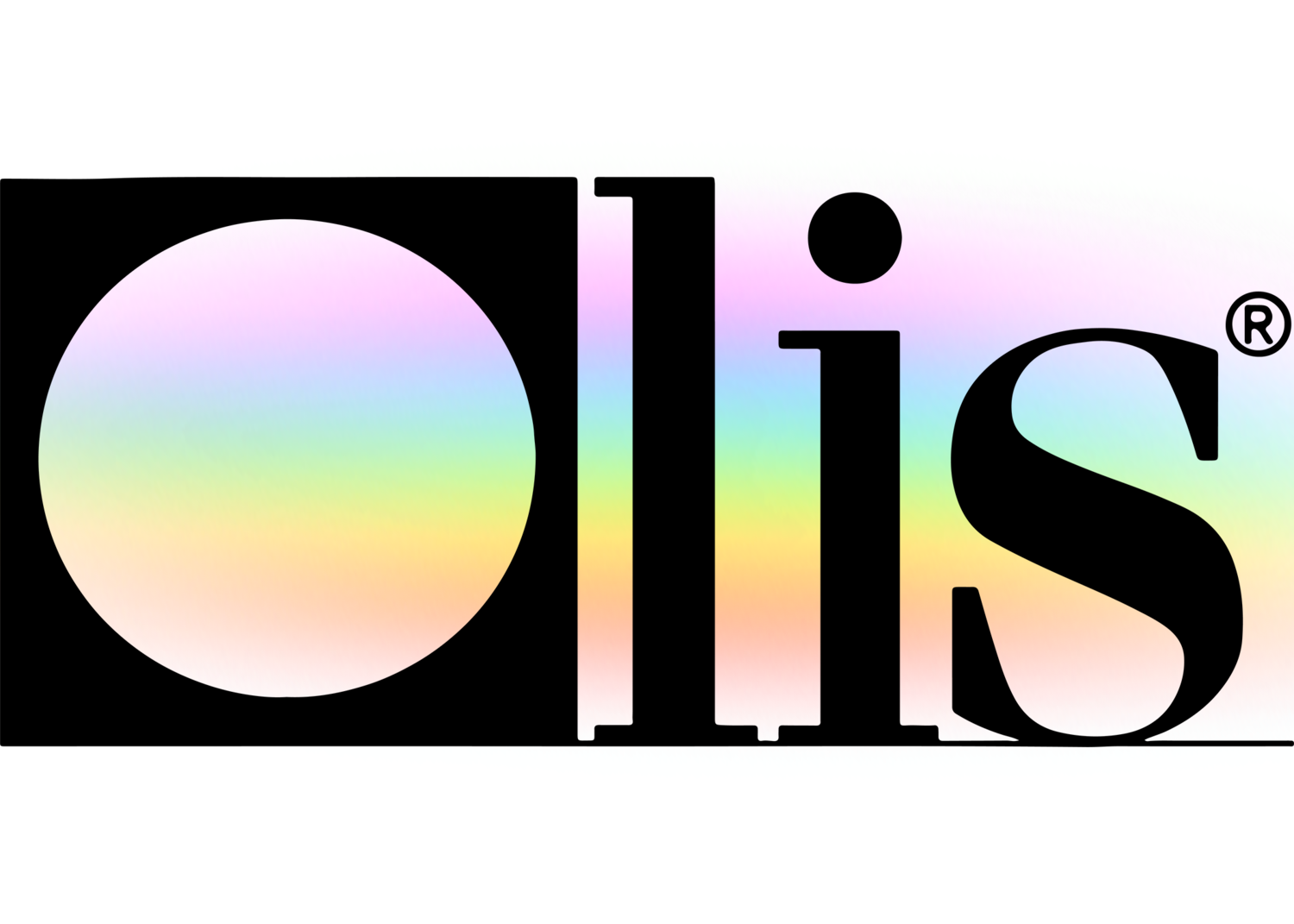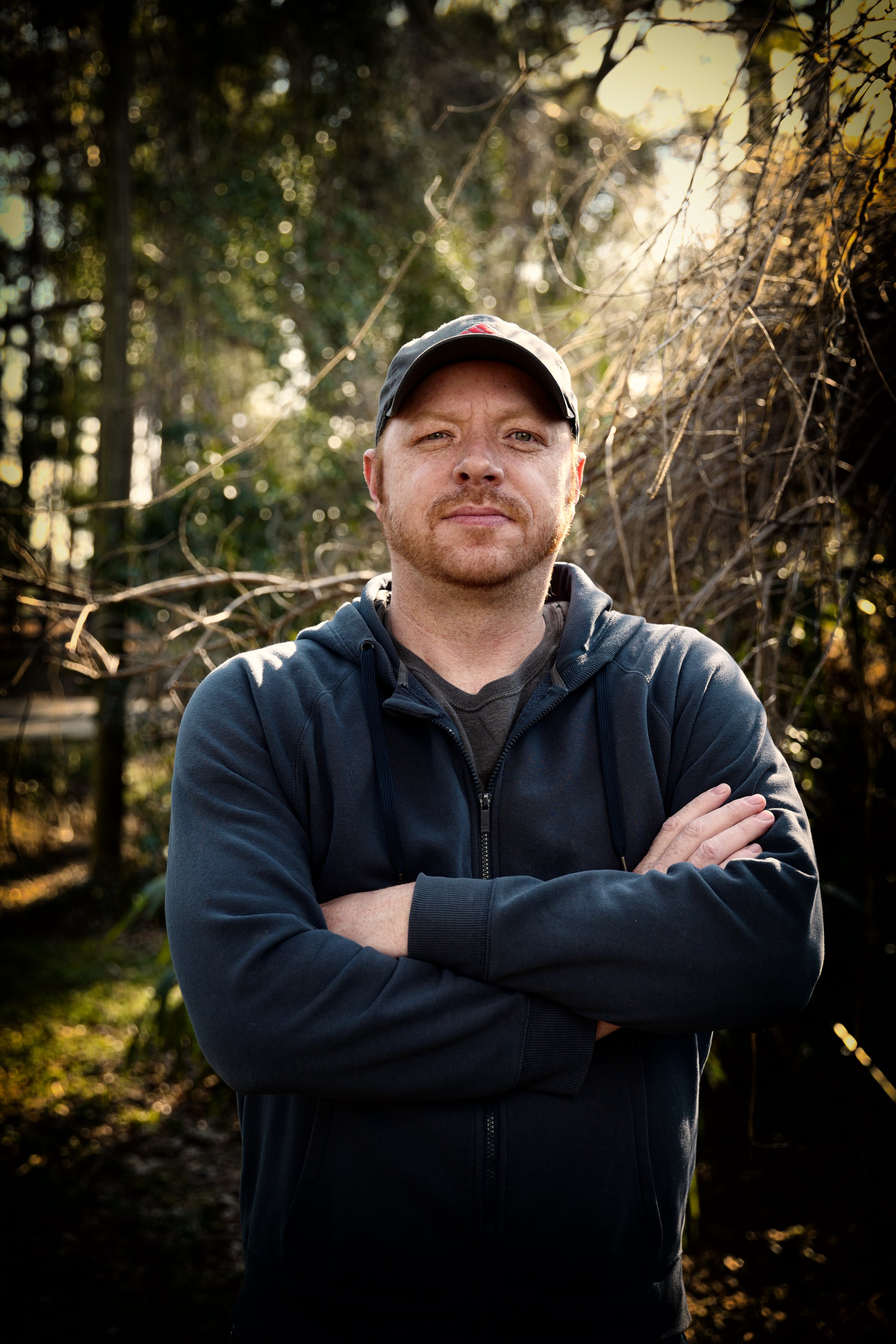Indicators on Uv/vis/nir You Need To Know
Table of ContentsCircularly Polarized Luminescence Fundamentals ExplainedUv/vis - An OverviewGetting My Spectrophotometers To WorkThe 30-Second Trick For Uv/visAll about Uv/visOur Uv/vis IdeasFacts About Circular Dichroism UncoveredUv/vis Things To Know Before You BuyThe Facts About Circular Dichroism UncoveredSpectrophotometers - The FactsSome Known Incorrect Statements About Circularly Polarized Luminescence See This Report about Circular DichroismAll About Uv/vis/nir
It is then scanned through the sample and the referral services. Fractions of the incident wavelengths are transmitted through, or shown from, the sample and the referral. The resultant light strikes the photodetector device, which compares the relative strength of the 2 beams. Electronic circuits transform the relative currents into linear transmission portions and/or absorbance/concentration values.The transmission of a referral compound is set as a baseline (information) worth, so the transmission of all other substances are taped relative to the preliminary "zeroed" substance. The spectrophotometer then transforms the transmission ratio into 'absorbency', the concentration of particular components of the test sample relative to the preliminary substance.
Because samples in these applications are not readily available in big amounts, they are particularly fit to being examined in this non-destructive strategy. In addition, precious sample can be saved by making use of a micro-volume platform where as low as 1u, L of sample is needed for complete analyses. A short explanation of the treatment of spectrophotometry consists of comparing the absorbency of a blank sample that does not include a colored substance to a sample that consists of a colored substance.
Fascination About Circularly Polarized Luminescence
In biochemical experiments, a chemical and/or physical home is picked and the procedure that is used is specific to that home in order to derive more information about the sample, such as the quantity, purity, enzyme activity, and so on. Spectrophotometry can be used for a number of techniques such as figuring out optimum wavelength absorbance of samples, determining optimum p, H for absorbance of samples, determining concentrations of unidentified samples, and identifying the p, Ka of various samples.: 21119 Spectrophotometry is also a helpful process for protein filtration and can likewise be utilized as a technique to develop optical assays of a substance.
It is possible to understand the concentrations of a two element mixture using the absorption spectra of the basic services of each component. To do this, it is needed to know the termination coefficient of this mixture at 2 wave lengths and the extinction coefficients of services which contain the recognized weights of the two elements.

The Only Guide to Spectrophotometers
Area. The concentration of a protein can be estimated by determining the OD at 280 nm due to the existence of tryptophan, tyrosine and phenylalanine.
Nucleic acid contamination can likewise interfere. This technique needs a spectrophotometer efficient in measuring in the UV area with quartz cuvettes.: 135 Ultraviolet-visible (UV-vis) spectroscopy includes energy levels that thrill electronic transitions. Absorption of UV-vis light delights particles that remain in ground-states to their excited-states. Noticeable area 400700 nm spectrophotometry is used thoroughly in colorimetry science.
20. 8 O.D. Ink producers, printing business, textiles suppliers, and much more, require the data supplied through colorimetry. They take readings in the region of every 520 nanometers along the noticeable region, and produce a spectral reflectance curve or an information stream for alternative presentations. These curves can be utilized to test a brand-new batch of colorant to check if it makes a match to requirements, e.
How Uv/vis/nir can Save You Time, Stress, and Money.
Traditional noticeable region spectrophotometers can not spot if a colorant or the base product has fluorescence. This can make it hard to manage color issues if for instance several of the printing inks is fluorescent. Where a colorant contains fluorescence, a bi-spectral fluorescent spectrophotometer is utilized (https://www.artstation.com/julieanndesalorenz1/profile). There are 2 major setups for visual spectrum spectrophotometers, d/8 (spherical) and 0/45.
Scientists use this instrument to determine the amount of substances in a sample. In the case of printing measurements 2 alternative settings are typically used- without/with uv filter to control better the result of uv brighteners within the paper stock.
Some Known Factual Statements About Uv/vis
Some applications need small volume measurements which can be performed with micro-volume platforms. As explained in the applications area, spectrophotometry can be used in both qualitative and quantitative analysis of DNA, RNA, and proteins. Qualitative analysis can be used and spectrophotometers are used to record spectra of compounds by scanning broad wavelength areas to figure out the absorbance properties (the intensity of the color) of the substance at navigate to this site each wavelength.

Circular Dichroism Can Be Fun For Anyone
One significant aspect is the kind of photosensors that are available for various spectral areas, however infrared measurement is likewise difficult since essentially whatever releases IR as thermal radiation, specifically at wavelengths beyond about 5 m. Another problem is that several materials such as glass and plastic absorb infrared, making it incompatible as an optical medium.
Retrieved Dec 23, 2018. Fundamental Lab Approaches for Biochemistry and Biotechnology (Second ed.). The vital guide to analytical chemistry.
Chichester, NY: Wiley. pp. 1617. ISBN 9780471974123. OCLC 36543293. Ninfa AJ, Ballou DP (2004 ). Fundamental lab methods for biochemistry and biotechnology. Hoboken: Wiley. p. 66. ISBN 9781891786006. OCLC 633862582. Rendina G (1976 ). Philadelphia, PA: W. B. Saunders Company. pp. 46-55. ISBN 0721675506. OCLC 147990. Oke, J. B.; Gunn, J. E.
How Spectrophotometers can Save You Time, Stress, and Money.
"Secondary basic stars for absolute spectrophotometry". The Astrophysical Journal. 266: 713. Bibcode:1983 Ap, J..266..713 O. doi:10. 1086/160817. Ishani, G (2006 ). "The first industrial UV-vis spectrophotometer". p. 100. Retrieved Dec 23, 2018. Simoni, RD; Hill, RL; Vaughan, M; Tabor, H (Dec 5, 2003). "A Classic Instrument: The Beckman DU Spectrophotometer and Its Developer, Arnold O.
278 (49 ): e1. doi:. ISSN 1083-351X. Beckman, A. O.; Gallaway, W. S.; Kaye, W.; Ulrich, W. F. (March 1977). "History of spectrophotometry at Beckman Instruments, Inc". Analytical Chemistry. 49 (3 ): 280A300A. doi:10. 1021/ac50011a001. "Hewlett Packard: Substance Identification with HP 8450 A UV Visible Spectrophotometer". Analytical Chemistry. 51 (12 ): 1188A1189A. 1979-10-01.
1021/ac50048a728. ISSN0003-2700. Ninfa AJ, Ballou DP, Benore M (2015 ). Essential Laboratory Approaches for Biochemistry and Biotechnology (3, rev. ed.). Hoboken, NJ: Wiley & Sons. p. 77. ISBN9780470924525. OCLC915641828. "Fully Automatic Double Beam - Atomic Absorption Spectrophotometer (AA 8000)". Lab Devices. Labindia Analytical Instruments Pvt. Ltd. "Spectrophotometry Applications and Basics".
Circular Dichroism Fundamentals Explained
"Applied Spectrophotometry: Analysis of a Biochemical Mixture". Biochemistry and Molecular Biology Education. Journal of Biochemistry Education.
The smart Trick of Spectrophotometers That Nobody is Discussing
U.S. Department of Commerce National Bureau of Standards special publication; 378. Washington, D.C.: U.S. National Bureau of Standards. p. 2. OCLC 920079.
The procedure starts with a regulated source of light that brightens the examined sample. When it comes to reflection, as this light communicates with the sample, some is absorbed or given off. The given off light journeys to the detector, which is evaluated, measured, and presented as industry-standard color scales and indices.
Industry governing bodies typically specify particular metrics for specific items, such as Tomato and Coffee indices. The streamlined math looks like this: Where R is the reflection coefficient. All terms are examined over the noticeable spectrum from 400 to 700 nm. In the case of transmission, when the light communicates with the sample, it is either absorbed, shown, or transferred.
The Ultimate Guide To Uv/vis/nir
Examples consist of APHA (American Public Health Association) for watercolor and purity analysis, ASTM D1500 for petrochemical color analysis, edible oil indices used in food, and color analyses of drinks. The streamlined math appears like this:. Where T is the transmission coefficient. All terms are examined over the visible spectrum from 400 to 700 nm.
Image Credit: Matej Kastelic/ Dr. Arnold J. Beckman and his coworkers at the National Technologies Laboratories first developed the spectrophotometer in 1940. In 1935 Beckman established the company, and the discovery of the spectrophotometer was their most ground-breaking creation.
Uv/vis - Questions
Over time, researchers kept improving the spectrophotometer style to enhance its efficiency. The UV capabilities of the design B spectrophotometer were improved by changing the glass prism with a quartz prism.
Normally, a spectrophotometer is made up of two instruments, namely, a spectrometer and a photometer. A fundamental spectrophotometer contains a light source, a monochromator, a collimator for straight light beam transmission, a cuvette to put a sample, and a photoelectric detector.
The Best Strategy To Use For Uv/vis
There are different kinds of spectrophotometers in numerous shapes and sizes, each with its own purpose or functionality. A spectrophotometer identifies just how much light is reflected by chemical elements. UV/Vis. It determines the difference in light intensity based upon the total amount of light presented to a sample and the quantity of beam that goes through the sample service
Based on the instrument's design, the sample is placed between the spectrometer and the photometer. After the light is travelled through the sample, the photometer determines its intensity and displays the reading. A spectrophotometer is used to identify the concentration of both colorless and colored solutes in an option. This instrument is utilized to determine the rate of a reaction.